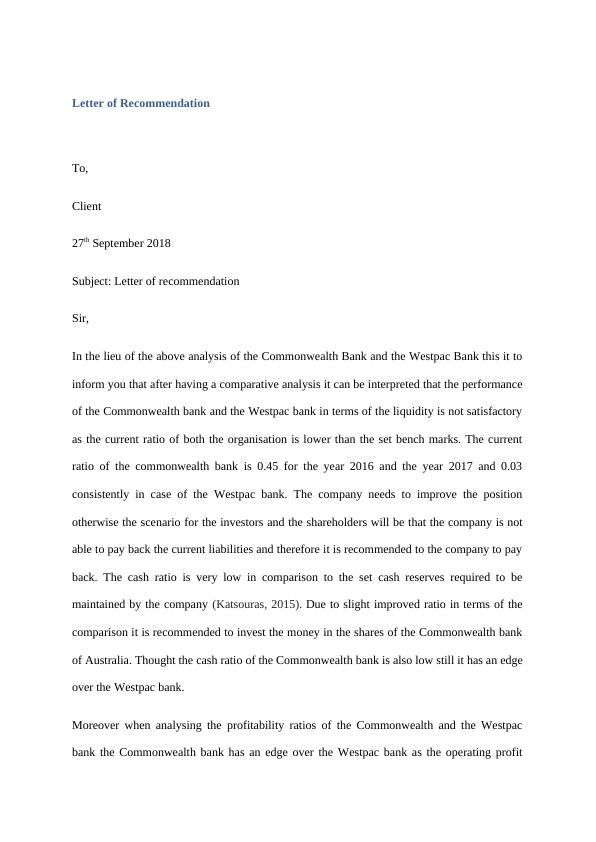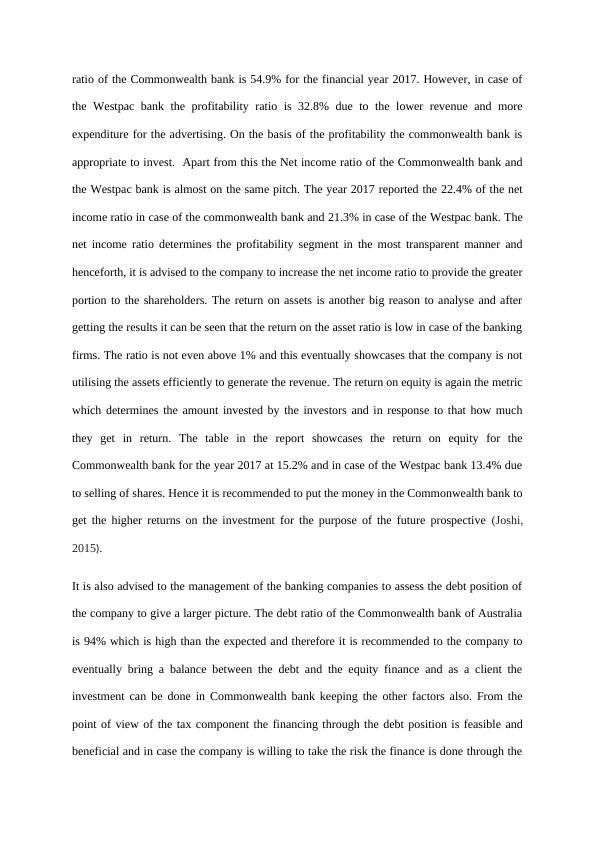Letter of Recommendation for Investment in Commonwealth Bank and Westpac Bank
Added on 2023-06-03
7 Pages1518 Words377 Views
End of preview
Want to access all the pages? Upload your documents or become a member.
What is Finance? Case Study 2022
|6
|1004
|27
Financial Analysis of Westpac Banking Corporation
|20
|3920
|224
Financial Analysis of National Australian Bank and Australian New Zealand Bank
|6
|755
|492
Liquidity and Profitability Trade-Off in Banks: A Case Study of Commonwealth Bank of Australia
|4
|755
|498
Project Report: Finance
|14
|3066
|325
Measuring Performance of Banks in Commercial Banking and Finance
|6
|780
|410



